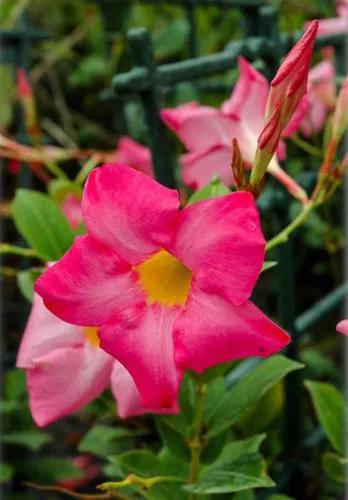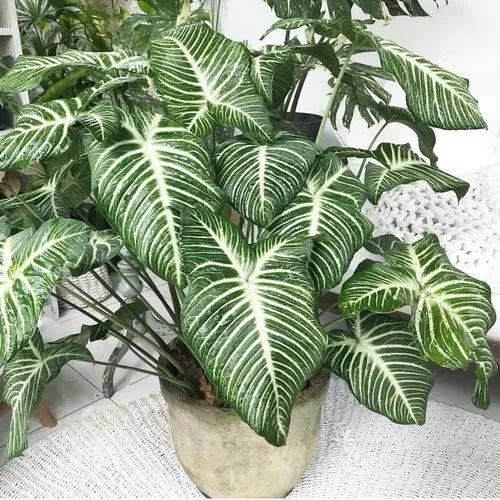Ficus Alii is a species of fig plant from the family Moraceae native to India, Southeast Asia, and China. This species is very popular as a house plant.
Ficus Alii Care
Ficus maclellandii



All varieties belonging to Ficus Alii have long leaf blades pointed at the top, which is their characteristic feature. The average length of the leaves is about 30 centimeters. At home, the height of the plant can reach up to two meters, while it looks like a small tree. The surface of the trunk is covered with gray or brown bark. It has many branches, which are decorated with lush foliage. Most of the branches are located in the upper part of the trunk. At the same time, its lower part is almost completely bare.
How to Care for the Plant

Water

Ficus Alii needs watering only after the top layer of the substrate in the pot has dried. In the summer, it is necessary to moisten the soil mixture almost daily in the evening. During the winter months, you can reduce the frequency of watering. Remember that the taller and more massive the tree, the more moisture it needs.

Pruning

If you do not carry out forming pruning, the overgrown crown will soon lose its decorative effect. In this connection, do not neglect pruning. In autumn, prune all branches. Their length from the trunk should be approximately the same.

Fertilizer

Feed Ficus Alii only during the growing season, which starts in March and ends in October. To do this, use complex fertilizers. You can also alternately apply organic and mineral fertilizers to the soil. Top dressing is carried out with a frequency of 1 time in 10 days. Remember, Ficus can only be fed by the root method.

Sunlight

The plant needs abundant but diffused sunlight. Remember that Ficus Alii reacts extremely negatively to a change in the direction of the light source. Moving it to a new place or turning the pot around its axis is undesirable.

Soil

You can use a special soil mix for ficuses. As their characteristics are similar, you can also use a soil mixture for palm trees. To prepare the soil yourself, combine humus, sand, and peat, as well as sod and leafy soil (1: 1: 1: 2: 2). While the plant is young, it needs a looser soil mixture, so you may mix all the ingredients in equal proportions.

Propagation

During the formative pruning of Ficus Alii, many cuttings are left. You can use them for rooting. To do this, put them in a glass of water. Do not forget to change it regularly. Cuttings will take root faster in a bright and warm place.

Temperature

The optimum air temperature for Ficus Alii is 68-75 degrees Fahrenheit (20-24 Celsius). On hot summer days, moisten the plant with a spray bottle and use cool water. In winter, it is better to remove the plant from the window. The soil in the pot may cool excessively, even though the room is warm.

Container

Ficus Alii does not need frequent repotting. Therefore, you should choose a container that will allow the plant to grow in size. Remember that the tree can stretch very high, so the pot must be tall and stable.

Fun fact

Until 2007, there was an erroneous opinion that Ficus Alii is nothing more than Ficus Longifolia. Thanks to the research of Cornelis Berg, the variety was bred as an independent type of fig tree.

Popularity

5,322 people already have this plant 259 people have added this plant to their wishlists
Discover more plants with the list below
Popular articles






